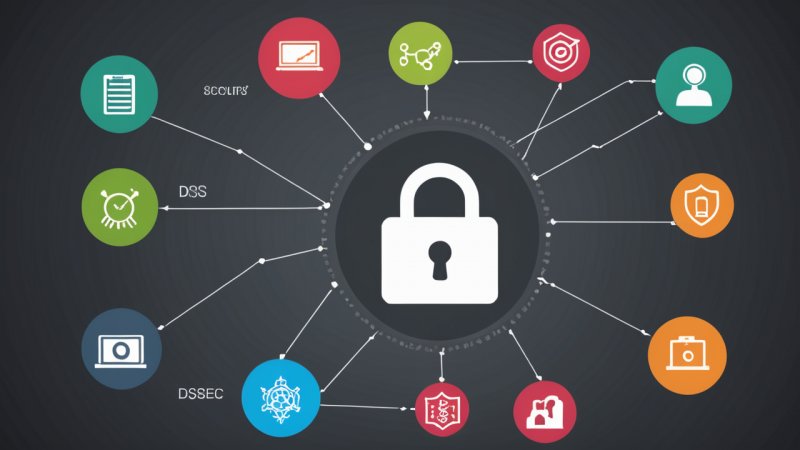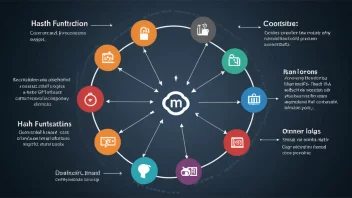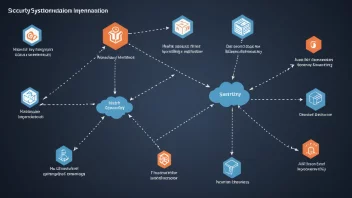Introduction
Domain Name System Security Extensions (DNSSEC) is an essential protocol that adds a layer of security to the DNS, helping protect against various attacks such as cache poisoning and spoofing. Implementing DNSSEC can significantly enhance the integrity of your domain name system and ensure that users reach the intended website. Here are the top 7 recommendations for successfully implementing DNSSEC for domain security.
1. Understand DNSSEC Basics
Before diving into implementation, it is crucial to understand how DNSSEC works. DNSSEC adds digital signatures to DNS records, allowing resolvers to verify the authenticity of the data returned. Familiarize yourself with terms like DNSKEY, RRSIG, and DS records to grasp the foundational concepts of DNSSEC.
2. Assess Your Current DNS Infrastructure
Before implementing DNSSEC, evaluate your current DNS setup. Ensure that your DNS provider supports DNSSEC and can handle the additional records. This assessment will help you identify any necessary changes or upgrades needed for successful implementation.
3. Enable DNSSEC on Your Domain
Once you have a compatible DNS provider, the next step is to enable DNSSEC on your domain. This typically involves generating a key pair (public and private keys) and creating DNSKEY records. Your DNS provider's documentation will guide you through this process.
4. Generate and Publish Keys
Keys are the backbone of DNSSEC. Generate your DNSKEY and RRSIG records and ensure they are published correctly in your DNS zone. Make sure to keep your private keys secure and consider using a secure key management process to prevent unauthorized access.
5. Add DS Records to Your Parent Zone
To complete the DNSSEC implementation, you need to add Delegation Signer (DS) records to your parent zone. This step establishes a trust relationship between your domain and the parent domain, validating the authenticity of your DNS records. Contact your domain registrar for assistance if needed.
6. Monitor and Maintain DNSSEC
After successful implementation, continuous monitoring is vital. Regularly check the status of your DNSSEC records to ensure they are functioning correctly. Utilize monitoring tools that can alert you to any issues, such as expired keys or incorrect configurations.
7. Educate Your Team
Lastly, ensure that your team is educated about DNSSEC. Provide training sessions or resources to enhance their understanding of how DNSSEC works and its importance in domain security. A knowledgeable team can better manage and troubleshoot any potential issues.
Conclusion
Implementing DNSSEC is a significant step towards enhancing the security of your domain. By understanding the basics, assessing your current infrastructure, enabling DNSSEC, and maintaining vigilance, you can safeguard your domain against various threats. Remember that education plays a key role in successful implementation; ensuring your team is well-informed will further solidify your domain's security posture.






